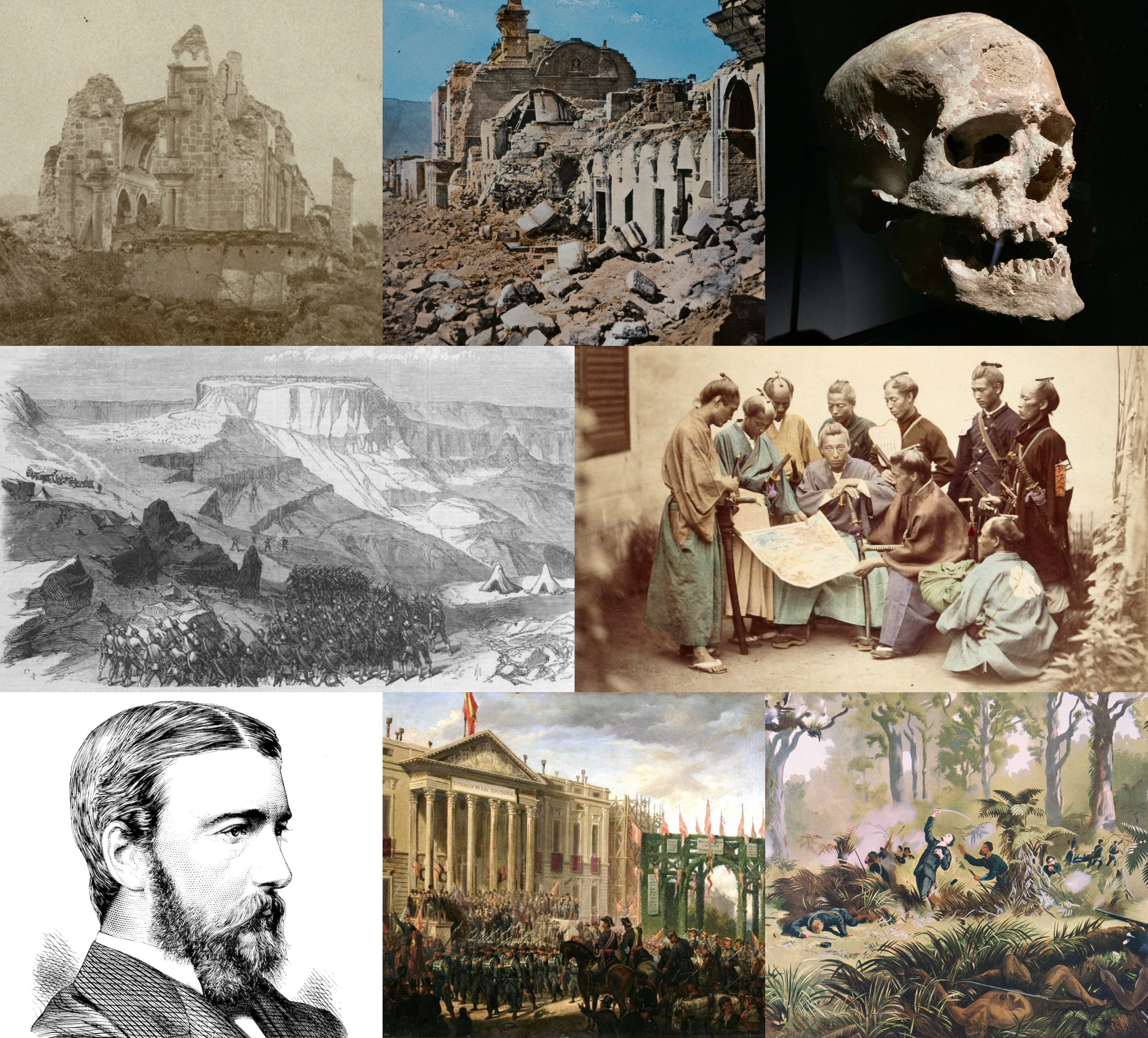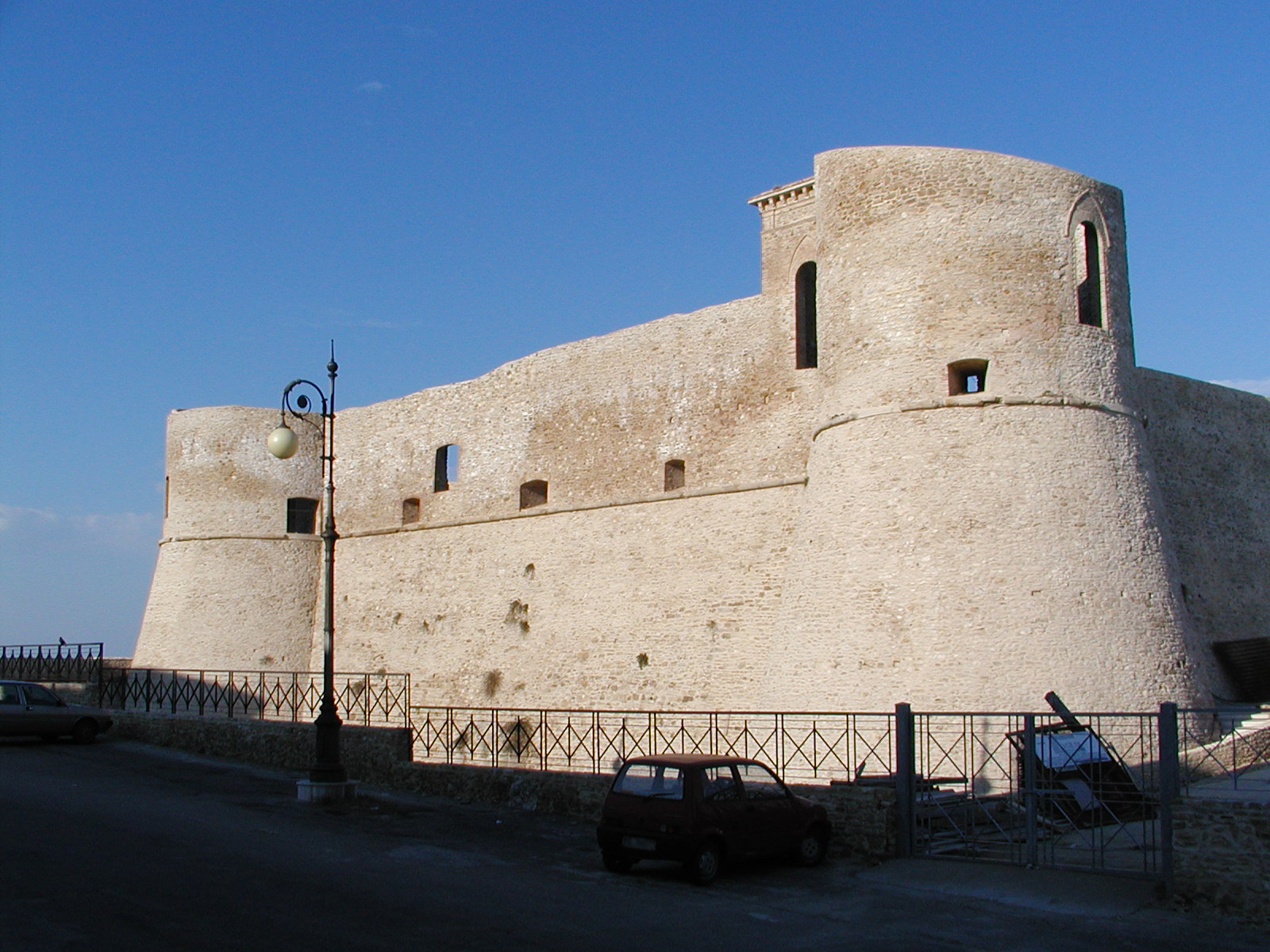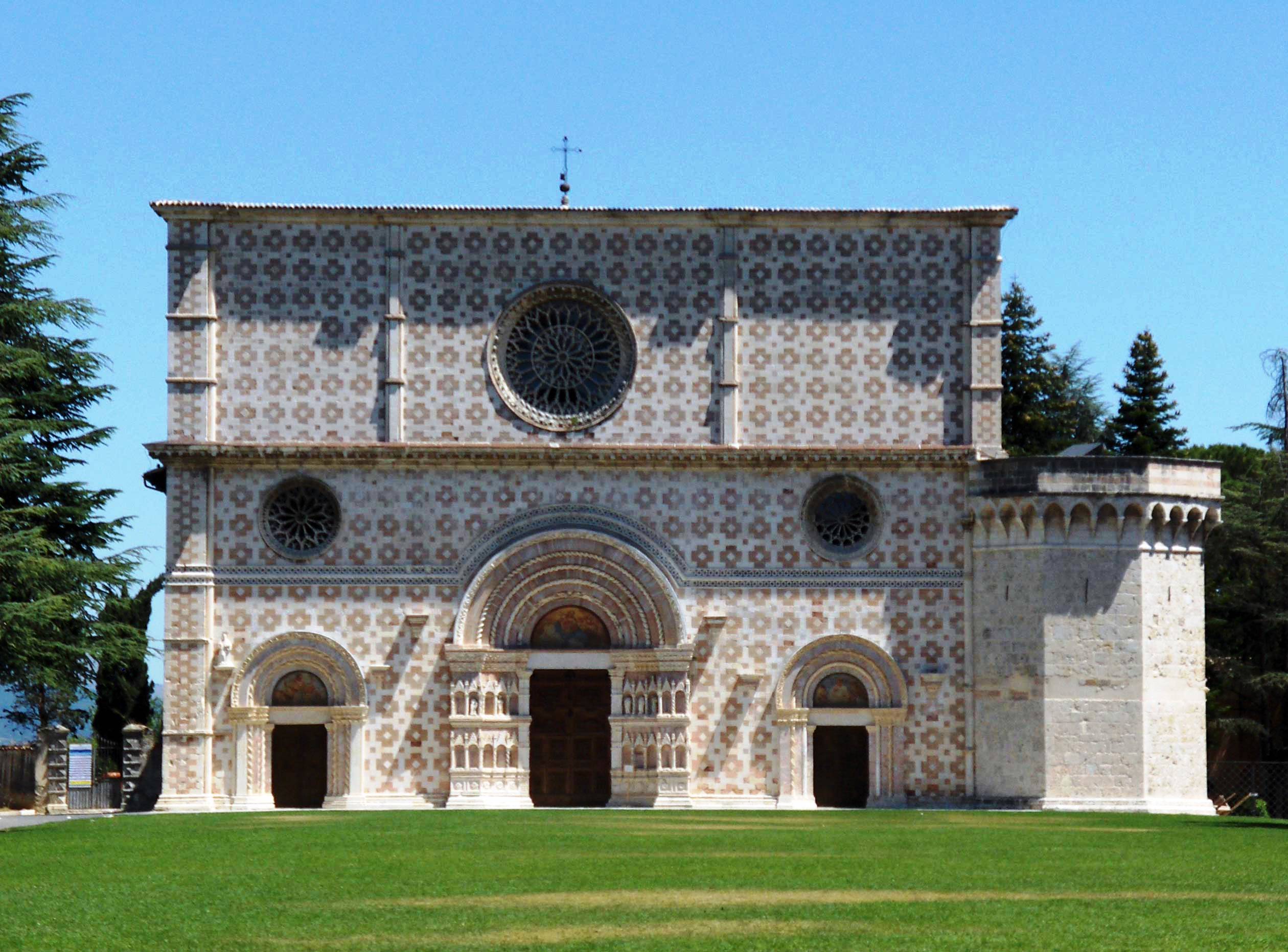|
Augusto De Arcangelis
Augusto De Arcangelis (born in Lanciano, Province of Chieti, June 22, 1868) was an Italian painter, active mainly in Naples, depicting genre subjects and landscapes. Biography A local contest awarded him a stipend from the province of Chieti to study at Naples. In 1887 he exhibited at the Promotrice Salvator Rosa, a study: ''Il mio sogno''; in 1888, ''Innocenza''. In 1888 at Aquila, a seascape and ''Ingenuità napoletana''. In 1902 at Turin, ''Come le rose''. He was one of the painters represented in the exhibition of ''Il sentimento della Natura'', held in 2012 at the Museo Vittoria Colonna of Pescara Pescara (; ; ) is the capital city of the province of Pescara, in the Abruzzo Regions of Italy, region of Italy. It is the most populated city in Abruzzo, with 118,657 (January 1, 2023) residents (and approximately 350,000 including the surround .... [...More Info...] [...Related Items...] OR: [Wikipedia] [Google] [Baidu] |
Lanciano
Lanciano (; ) is a town and ''comune'' in the province of Chieti, part of the Abruzzo region of central Italy. It has 33,944 inhabitants as of 2023. The town is known for the first recorded Catholic Church, Catholic Miracle of Lanciano, Eucharistic Miracle. Lanciano is located about from the Adriatic Sea in an elevated spot. Geography The town is located on hills and its town territory covers from Val di Sangro to Castelfrentano, and its elevation is about above sea level. It is bordered by Atessa, Castel Frentano, Fossacesia, Frisa, Abruzzo, Frisa, Mozzagrogna, Orsogna, Paglieta, Poggiofiorito, Rocca San Giovanni, San Vito Chietino, Sant'Eusanio del Sangro and Treglio. Regarding the climate, the temperature averages about in winter and in summer. It usually snows about three times a year. During the summer there can be sultry days. History The Ancient Rome, ancient Roman name of Lanciano was ''Anxanum'', a city of the Frentani Italic tribe. The city is said to have b ... [...More Info...] [...Related Items...] OR: [Wikipedia] [Google] [Baidu] |
1868 Births
Events January * January 2 – British Expedition to Abyssinia: Robert Napier leads an expedition to free captive British officials and missionaries. * January 3 – The 15-year-old Mutsuhito, Emperor Meiji of Japan, declares the ''Meiji Restoration'', his own restoration to full power, under the influence of supporters from the Chōshū and Satsuma Domains, and against the supporters of the Tokugawa shogunate, triggering the Boshin War. * January 5 – Paraguayan War: Brazilian Army commander Luís Alves de Lima e Silva, Duke of Caxias, enters Asunción, Paraguay's capital. Some days later he declares the war is over. Nevertheless, Francisco Solano López, Paraguay's president, prepares guerrillas to fight in the countryside. * January 7 – The Arkansas constitutional convention meets in Little Rock. * January 9 – Penal transportation from Britain to Australia ends, with arrival of the convict ship '' Hougoumont'' in Western Australia, afte ... [...More Info...] [...Related Items...] OR: [Wikipedia] [Google] [Baidu] |
Painters From Naples
Painting is a Visual arts, visual art, which is characterized by the practice of applying paint, pigment, color or other medium to a solid surface (called "matrix" or "Support (art), support"). The medium is commonly applied to the base with a brush. Other implements, such as palette knives, sponges, airbrushes, the artist's fingers, or even a dripping technique that uses gravity may be used. One who produces paintings is called a painter. In art, the term "painting" describes both the act and the result of the action (the final work is called "a painting"). The support for paintings includes such surfaces as walls, paper, canvas, wood, glass, lacquer, pottery, leaf, copper and concrete, and the painting may incorporate other materials, in single or multiple form, including sand, clay, paper, cardboard, newspaper, plaster, gold leaf, and even entire objects. Painting is an important form of visual arts, visual art, bringing in elements such as drawing, Composition (visual art ... [...More Info...] [...Related Items...] OR: [Wikipedia] [Google] [Baidu] |
Italian Male Painters
Italian(s) may refer to: * Anything of, from, or related to the people of Italy over the centuries ** Italians, a Romance ethnic group related to or simply a citizen of the Italian Republic or Italian Kingdom ** Italian language, a Romance language *** Regional Italian, regional variants of the Italian language ** Languages of Italy, languages and dialects spoken in Italy ** Italian culture, cultural features of Italy ** Italian cuisine, traditional foods ** Folklore of Italy, the folklore and urban legends of Italy ** Mythology of Italy, traditional religion and beliefs Other uses * Italian dressing, a vinaigrette-type salad dressing or marination * Italian or Italian-A, alternative names for the Ping-Pong virus, an extinct computer virus * ''Italien'' (magazine), pro-Fascist magazine in Germany between 1927 and 1944 See also * * * Italia (other) * Italic (other) * Italo (other) * The Italian (other) The Italian may refer to: * ''The Ital ... [...More Info...] [...Related Items...] OR: [Wikipedia] [Google] [Baidu] |
19th-century Italian Painters
The 19th century began on 1 January 1801 (represented by the Roman numerals MDCCCI), and ended on 31 December 1900 (MCM). It was the 9th century of the 2nd millennium. It was characterized by vast social upheaval. Slavery was abolished in much of Europe and the Americas. The First Industrial Revolution, though it began in the late 18th century, expanded beyond its British homeland for the first time during the 19th century, particularly remaking the economies and societies of the Low Countries, France, the Rhineland, Northern Italy, and the Northeastern United States. A few decades later, the Second Industrial Revolution led to ever more massive urbanization and much higher levels of productivity, profit, and prosperity, a pattern that continued into the 20th century. The Catholic Church, in response to the growing influence and power of modernism, secularism and materialism, formed the First Vatican Council in the late 19th century to deal with such problems and confirm c ... [...More Info...] [...Related Items...] OR: [Wikipedia] [Google] [Baidu] |
People From Lanciano
The term "the people" refers to the public or common mass of people of a polity. As such it is a concept of human rights law, international law as well as constitutional law, particularly used for claims of popular sovereignty. In contrast, a people is any plurality of persons considered as a whole. Used in politics and law, the term "a people" refers to the collective or community of an ethnic group or nation. Concepts Legal Chapter One, Article One of the Charter of the United Nations states that "peoples" have the right to self-determination. Though the mere status as peoples and the right to self-determination, as for example in the case of Indigenous peoples (''peoples'', as in all groups of indigenous people, not merely all indigenous persons as in ''indigenous people''), does not automatically provide for independent sovereignty and therefore secession. Indeed, judge Ivor Jennings identified the inherent problems in the right of "peoples" to self-determination, as i ... [...More Info...] [...Related Items...] OR: [Wikipedia] [Google] [Baidu] |
Pescara
Pescara (; ; ) is the capital city of the province of Pescara, in the Abruzzo Regions of Italy, region of Italy. It is the most populated city in Abruzzo, with 118,657 (January 1, 2023) residents (and approximately 350,000 including the surrounding metropolitan area). Located on the Adriatic Sea, Adriatic coast at the mouth of the Aterno-Pescara, River Aterno-Pescara, the present-day municipality was formed in 1927 joining the municipalities of the old Pescara fortress, the part of the city to the south of the river, and Castellamare Adriatico, the part of the city to the north of the river. The surrounding area was formed into the province of Pescara. The main commercial street of the city is Corso Umberto I, which runs between two squares, starting from ''Piazza della Repubblica'' and reaching the seacoast in ''Piazza Primo Maggio''. The rectangle that it forms with Corso Vittorio Emanuele II and Via Nicola Fabrizi is home of the main shopping district, enclosed in a Road space ... [...More Info...] [...Related Items...] OR: [Wikipedia] [Google] [Baidu] |
Province Of Chieti
The province of Chieti (; Neapolitan language, Abruzzese: ') is a Provinces of Italy, province in the Abruzzo region of Italy. Its provincial capital is the city Chieti, which has a population of 50,770 inhabitants. The province has a total population of 387,649 inhabitants and spans an area of . The province contains 104 ''comuni'' (: ''comune''). Its provincial president is Mario Pupillo. Chieti's cathedral was first constructed during the 9th century but was reconstructed during the 13th century. The province contains the National Archaeology Museum of Abruzzo, in Italian the Museo Archeologico Nazionale d'Abruzzo, which contains items from the area prior to Roman rule. History It was first settled by the Osci people near the Pescara River. In around 1000 BCE it was conquered by Marsi and Marrucini people. The city was also lived in by the Greeks, who named it Teate. It was conquered by the Romans in 305 BCE but after the fall of Rome in 476 CE, Theodoric the Great gained own ... [...More Info...] [...Related Items...] OR: [Wikipedia] [Google] [Baidu] |
Turin
Turin ( , ; ; , then ) is a city and an important business and cultural centre in northern Italy. It is the capital city of Piedmont and of the Metropolitan City of Turin, and was the first Italian capital from 1861 to 1865. The city is mainly on the western bank of the Po (river), River Po, below its Susa Valley, and is surrounded by the western Alpine arch and Superga hill. The population of the city proper is 856,745 as of 2025, while the population of the urban area is estimated by Eurostat to be 1.7 million inhabitants. The Turin metropolitan area is estimated by the OECD to have a population of 2.2 million. The city was historically a major European political centre. From 1563, it was the capital of the Duchy of Savoy, then of the Kingdom of Sardinia (1720–1861), Kingdom of Sardinia ruled by the House of Savoy, and the first capital of the Kingdom of Italy from 1861 to 1865. Turin is sometimes called "the cradle of Italian liberty" for having been the politi ... [...More Info...] [...Related Items...] OR: [Wikipedia] [Google] [Baidu] |
Aquila, Italy
L'Aquila ( ; ; ) is a city and ''comune'' in central Italy. It is the capital city of the Province of L'Aquila and the Abruzzo region in Italy. , it has a population of 69,902. Laid out within medieval walls on a hill in the wide valley of the Aterno river, it is surrounded by the Apennine Mountains, with the Gran Sasso d'Italia to the north-east. L'Aquila sits on a hillside in the middle of a narrow valley; the tall snow-capped mountains of the Gran Sasso massif flank the town. A maze of narrow streets, lined with Baroque and Renaissance buildings and churches, open onto elegant piazzas. Home to the University of L'Aquila, it is a lively college town and, as such, has many cultural institutions: a repertory theatre, a symphony orchestra, a fine art academy, a state conservatory and a film institute. There are several ski resorts in the surrounding province (Campo Imperatore, Ovindoli, Pescasseroli, Roccaraso, Scanno). Geography Close to the highest of the Apennine summits, L' ... [...More Info...] [...Related Items...] OR: [Wikipedia] [Google] [Baidu] |







